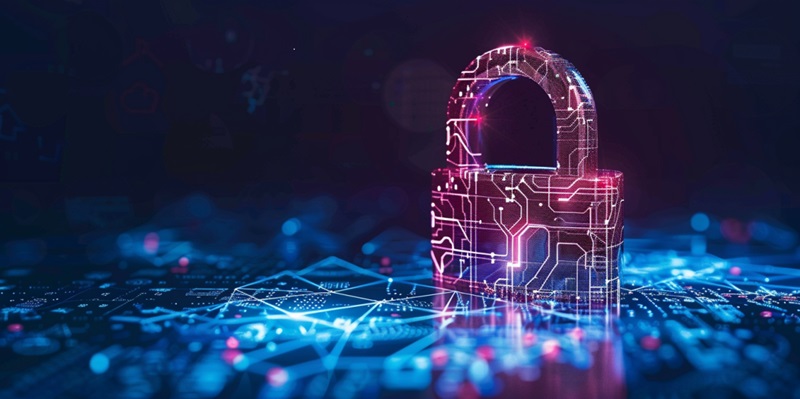By 2030, the digital realm is expected to evolve into an intricate web, intricately fused with cutting-edge technologies. As this digital ecosystem expands, it will be paralleled by increasingly complex cyber threats that could redefine the cybersecurity landscape. As users and organizations navigate this space, they will face a confluence of tech trends that necessitate robust security measures and systems capable of thwarting sophisticated attacks. Cybersecurity will not only be about safeguarding data but also about ensuring the resilience of an interconnected world where the Internet of Things (IoT), artificial intelligence (AI), and quantum computing become commonplace. With every innovation, the potential for exploitation grows, demanding adaptive and proactive security strategies. The future of cybersecurity is expected to hinge on the development of more advanced threat detection systems alongside the creation and enforcement of stringent cybersecurity regulations. The balance between technology adoption and risk management will define the security posture of organizations and individuals alike. The year 2030 could mark a pivotal moment where the integration of technological advancements and cybersecurity defenses becomes more seamless, fostering a safer digital experience for all.
Emerging Technologies and Cybersecurity
AI and Machine Learning in Cyber Defense
In the realm of cybersecurity, the prowess of artificial intelligence (AI) and machine learning will become indispensable by 2030. These technologies will offer unparalleled competencies in detecting and neutralizing cyber threats in real-time. Machine learning algorithms will continuously evolve, learning from vast streams of data to identify subtle patterns indicative of malicious activity. As cyber attacks become more advanced, harnessing the power of AI will be key in developing dynamic security measures that can anticipate and adapt to new threats.
The future of AI in cybersecurity also paints a picture of increased autonomy. Security solutions powered by AI will operate with minimal human intervention, making rapid decisions to thwart attacks or isolate compromised systems before widespread damage occurs. As professionals rely more on AI for routine tasks, they’ll shift their focus to refining strategies and tackling complex cyber challenges that still require human ingenuity.
Quantum Computing’s Impact on Encryption
Quantum computing will dramatically alter the cybersecurity panorama by potentially rendering contemporary encryption methods obsolete. The overwhelming computational capabilities of quantum machines will threaten the very foundation of cryptographic security, as they’ll be able to break encryptions that currently take classical computers centuries to decode. The move towards quantum-resistant cryptography is imperative to ensure data protection in the quantum era.
This seismic shift in computational power will mandate a new class of quantum-safe cryptographic protocols. By 2030, we’ll likely witness widespread adoption of post-quantum cryptography (PQC), specifically designed to withstand attacks from quantum computers. Organizations will undergo rigorous transitions to integrate PQC within their systems, thus upholding data confidentiality and integrity against quantum threats.
Human Factors and Regulatory Measures
Bridging the Cybersecurity Skills Gap
The cybersecurity skills gap is projected to widen by 2030, as the demand for qualified professionals outstrips the supply. This shortfall threatens to undermine our collective defense against cyber threats, underscoring the importance of rethinking cybersecurity education and career development. Academic institutions and industry must collaborate to cultivate the next generation of cybersecurity experts through targeted programs that combine theoretical knowledge with practical experience.
AI will also play a crucial role in mitigating the skills gap by assisting human operators. Advanced AI systems will be able to handle routine security monitoring and incident response tasks, freeing up human experts to focus on more strategic and complex challenges. These AI capabilities will not only enhance overall security but also allow for a more efficient allocation of scarce human expertise.
Regulatory Compliance and Data Privacy
The next decade will see an increased number of stringent regulations aimed at reinforcing cybersecurity and data privacy. Governments worldwide are recognizing the importance of protecting consumer data and are establishing legislative frameworks that dictate how organizations must manage and secure personal information. This regulatory landscape compels businesses to align their cybersecurity strategies with compliance obligations to avoid legal and financial repercussions.
In a world where data breaches can have profound implications for individual privacy and corporate reputation, stringent regulations function as a catalyst for improving defense mechanisms. Compliance will necessitate ongoing vigilance and adaptability, challenging organizations to maintain a balance between innovation and the need to protect sensitive data within an ever-tightening regulatory envelope.

